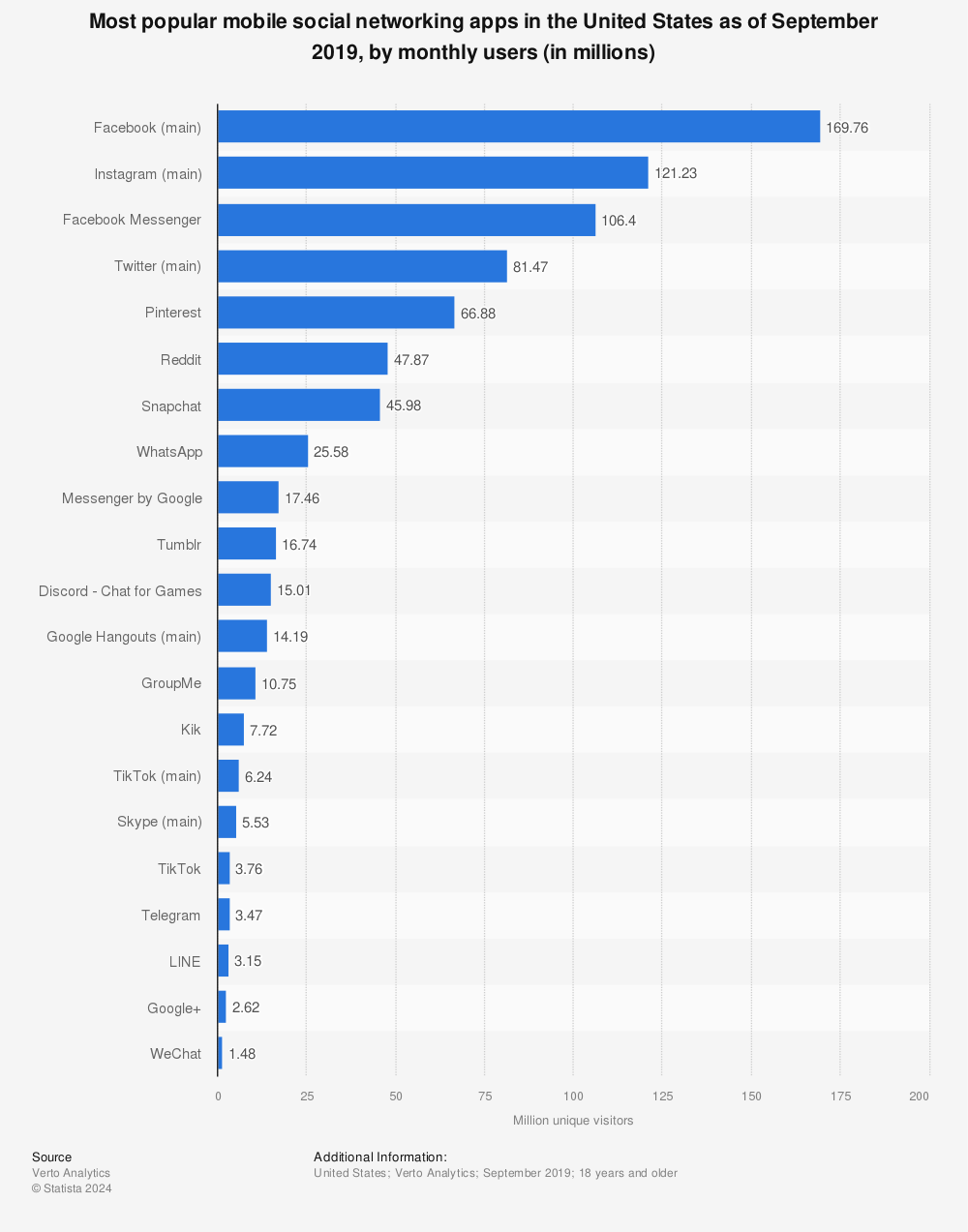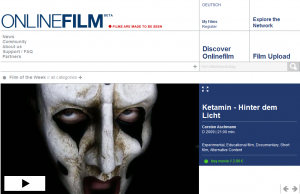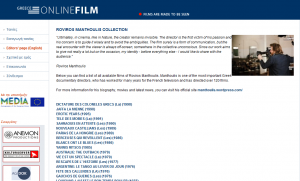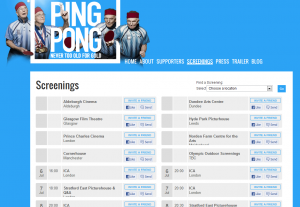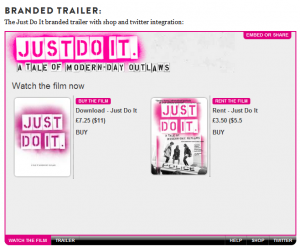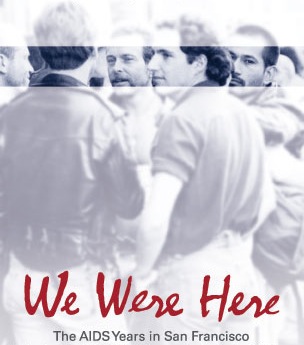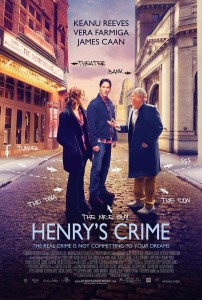
The Implosion of Distributor Passion River… And What it Means for You
by Pat Murphy
Pat Murphy is a documentary filmmaker and editor. His latest film, Psychedelia, uncovers the history and resurgence of psychedelic research. It was sold to universities, nonprofits, international broadcasters, and the streaming service Gaia.
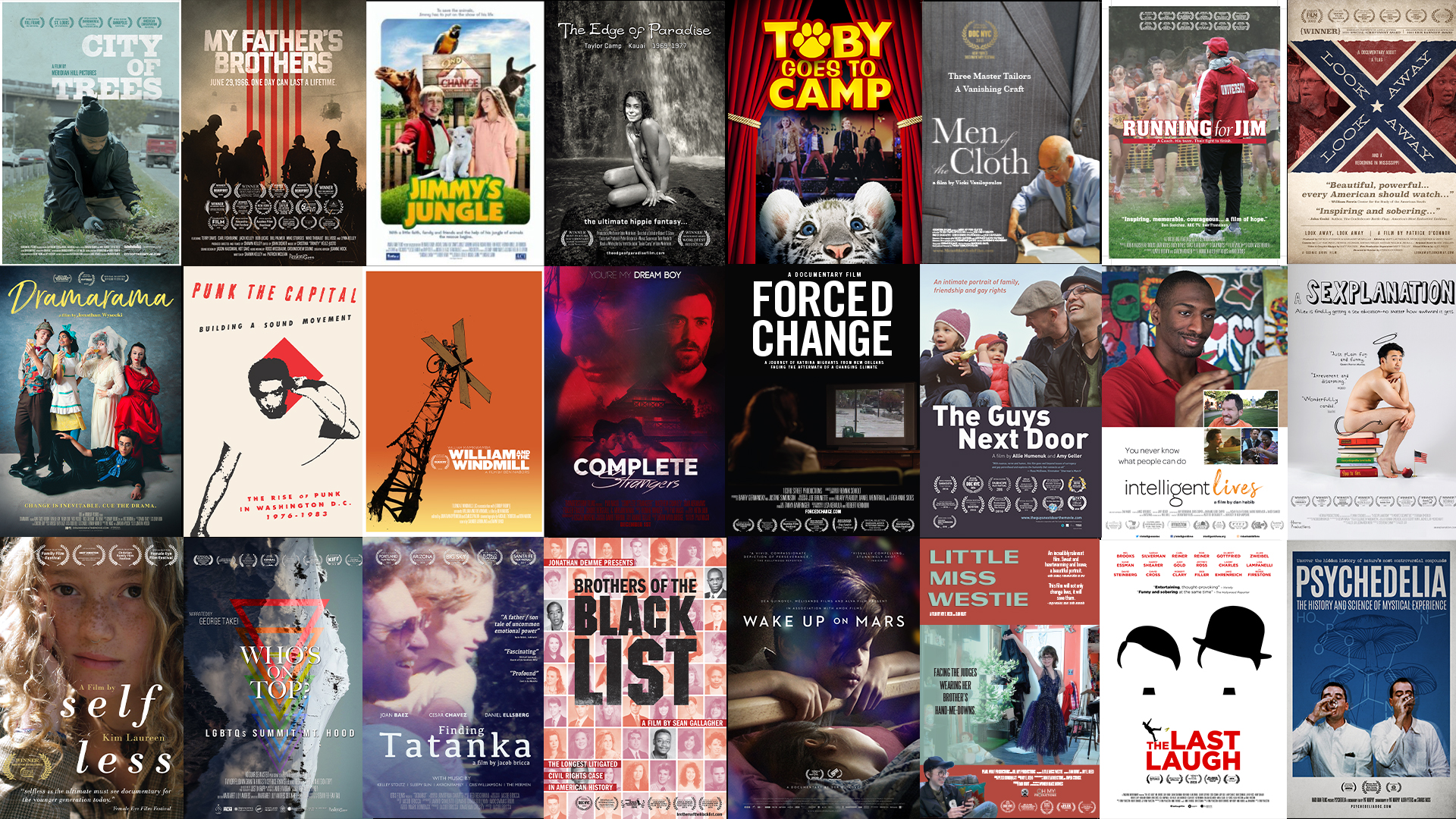
Passion River Films was one of those rare distributors. In an industry with plenty of shady companies, they had a reputation for honesty. Some of the most influential figures in the independent documentary distribution space referred their colleagues to them. And yet under the hood, in that nondescript office building in New Jersey, the operation at Passion River was in serious trouble. And it had been for some time.
Founded in 1998 by Allen Chou, Passion River’s catalog focused on educational documentaries, which they sold to universities, libraries, nonprofits, and the DVD/VOD market. Unlike a lot of distributors, they were flexible with filmmakers. They allowed them to put a cap on distribution expenses and reserve certain rights for themselves. I signed my film Psychedelia with them in 2021 and got the feeling that it was in good hands.
Yet for the past few years, Passion River had been withholding accounting reports and payments to filmmakers. Communication slowly dropped off and eventually went completely silent. Requests for information were ignored. And then earlier this year, they announced—in an unexpected, evasive, and self-serving manner—that they were insolvent. Hundreds of filmmakers lost many thousands of dollars, and some are still dealing with the logistical nightmare it caused for their films.
What happened at Passion River? How did it slip by undetected? We may never know. But Passion River’s collapse should serve as a stark warning to all filmmakers of the precarious nature of film distribution. It comes during a tumultuous time for the industry and the larger economy. It’s a bombshell story that demonstrates the inadequacy of systems to deal with this situation. And it shows how the hardship lands squarely on the creatives who make this industry possible.
What We Know
If you’re pressed for time, here’s a summary of the situation:
- In January, Passion River announced that they had become insolvent, and were selling the “majority of their assets” to another distributor called BayView Entertainment.
- Once filmmakers were connected with BayView, they were told that they had purchased the “assets, but not the liabilities” of Passion River.
- Passion River had been withholding accounting statements and payments to producers in 2022 and earlier, leaving producers without any record of the money they were owed. BayView said they were not responsible for these payments.
- Filmmakers had nobody to contact. Passion River abandoned its offices, shut down their phone lines and email domains, and transitioned their employees to new positions at BayView.
- The total damage in lost payments, although difficult to determine, is likely in the multiple six figures. There appears to be no accountability on the part of Passion River.
Keep reading to get the full story, as well as distribution strategist Peter Broderick’s key takeaway.
Announcing Their Insolvency
On January 31, 2023, Josh Levin (Head of Sales and Acquisitions at Passion River), sent the following note to most (but not all) of the filmmakers that had contracts with the company:
I have some news to share – the parent company of Passion River Films lost the ability to meet its obligations and has sold the majority of its Passion River assets to BayView Entertainment, LLC. BayView is a venerable, much larger film distributor with an outstanding 20+ year reputation in film distribution.
I am sure you have questions about what this transition means for you and your films. These questions can best be answered by speaking directly with Peter Castro, the VP of Acquisitions at BayView. Please email Peter at ***** to set up a call. Peter is looking forward to speaking with you.
According to their contract with filmmakers, Passion River was supposed to send accounting statements and payment 60 days after the end of each quarter. This meant that all sales that Passion River made in the fourth quarter of 2022 (October-December) were supposed to be reported and paid by March 1, 2023.
This timing was particularly unfortunate for me and my film, which had been released in Summer 2022. We secured a streaming deal with Gaia and it was released on TVOD. Gaia pays their licensing fee in two installments. So, I was waiting on the second payment ($9,750) plus all the TVOD and educational sales from my film’s release. Those payments came in the fourth quarter 2022, so I was waiting for that statement and payment to come by March 1, 2023.
Naively, I responded by asking Josh Levin about his own well-being. While I found Passion River’s work a bit sloppy and frustrating, I took Josh to be an honest broker. I was relieved to hear that he was going to work for BayView as Vice President of Sales [LinkedIn account required to view]. To me, the whole thing was portrayed as a standard acquisition. I thought that I would work with Josh as before, but this time under a new company name. I assumed my payment of over $10,000 would come from the new company.
But by the time I was able to get through to Peter Castro (VP of Acquisitions at BayView), it was already March 3, 2023. Neither my accounting statement nor my payment had arrived. My conversation with Peter turned out to be extremely unsettling. This was no ordinary acquisition. BayView had purchased the “assets but not the liabilities” of Passion River.
Yes, that’s a thing. Apparently BayView did not actually purchase the rights to our films, and therefore they were not responsible for any outstanding payments from Passion River. And they had no way of collecting that money or telling us what happened to it. We had the option to sign new contracts with them, at a less favorable split than we had with Passion River.
As for getting answers on what happened over at Passion River, such as why they became insolvent or what they did with the money that was due to us? There was no avenue to explore those questions. Josh Levin, now employed by BayView, said he was forbidden to talk about anything that happened at Passion River. Allen Chou, the president of Passion River, whom most people had never met, was elusive. The voicemail boxes at Passion River were full and their email domains would bounce.
I was devastated. And furious. Like most folks, my film was an independent labor of love over several years. What made it sting even more was the fact that Passion River did not actually secure my streaming deal with Gaia. Gaia heard about my film through my own marketing efforts, and as a good faith move towards Josh Levin, I decided to give Passion River their 25% commission on that deal.
As it turns out, I was not alone.
Finding the Others
Without any helpful information, we began finding each other through online forums like The D-Word and the Facebook group, Protect Yourself from Predatory Film Distributors [Facebook account required and one must join the group to view]. Eventually, we gathered on a private channel, so we could share information and piece together whatever we could from our own investigations and experiences.
Each film’s situation was different, but pretty much everybody reported the same experience working with Passion River: disorganized workflows, poor communication, improper accounting, missed payments, and even downright deception.
Filmmaker Jacob Bricca of Finding Tatanka said, “They were responsive at first, informing me of sales they had made and giving me regular statements showing that I was slowly paying off the charges associated with creating the DVD and distributing the film. This communication dropped off as the years went on. I finally contacted them again in mid 2022. These inquiries went unanswered. Finally, after repeated attempts to get a reply, I got a statement in early 2023 that I was owed over $1,400… I have never seen a penny from Passion River.”
Jacob was the only filmmaker I ever spoke to that had received an accounting statement for the fourth quarter of 2022. The rest of the filmmakers did not receive any accounting statements for that quarter, leaving them without a written document of what they were owed. Many reported incomplete accounting prior to the 4th quarter as well. Time and again, filmmakers were told by Josh Levin that he would “ping accounting” about their issue. However, filmmakers received no response or follow through.
While all this was happening, Passion River was still actively marketing their catalog. In March of 2023, I found an End of the Semester Sale on their website, which was active from December 1, 2022 to January 31, 2023. My film was featured prominently on the page, even though I had never received a single report of an educational sale. The fact that they would deliberately run a sale as late as December (when the sale to BayView must have been known), raises serious ethical questions.
“Passion River is not the first, or last, film company to go out of business,” said Emmy-and Peabody-winning and Oscar-nominated producer Amy Hobby. “But the lack of transparency, failed reporting, and missed payments simultaneous to continued recoupment off filmmakers’ backs is egregiously unethical.”
Attempts at a Resolution
Besides dealing with the financial fallout from Passion River, our other big question was about what to do with our films moving forward. They were still up on VOD platforms, but where was that money going? And what do we do now that we don’t have a distributor?
Director Kim Laureen, of Selfless, signed with Passion River in 2020: “Since day one I have had to chase reports and payments.” Unlike me, she was never notified of the sale to BayView. With nobody to contact about her pending payments, Kim sent a tweet out to Passion River. That got the attention of Peter Castro, VP of Acquisitions at BayView. Kim had a conversation with Peter, in which she explained why people were frustrated. Peter agreed to host a Zoom call with Kim and any other filmmaker who felt mistreated. Kim and I put out notices to the group of filmmakers about a “virtual town hall” on March 17, 2023.
Peter must have been surprised when he logged on to zoom and found dozens of angry filmmakers asking tough questions and demanding answers. Consultant Jon Reiss also joined and was instrumental in getting straight answers. The conversation went on for almost an hour and a half. We were able to confirm the following during that meeting:
- It’s unclear exactly what BayView purchased from Passion River, but it allowed them to collect revenue off of our films without a contract.
- Since BayView was currently collecting revenue on our films, they would send us payment for 2023 sales whether or not we signed new contracts with them.
- For those of us who wanted to move on to new distributors, BayView would facilitate that.
It sounds like many people ended up signing with BayView. But most of the people I’ve spoken to decided to move on to new distributors or go a DIY route without any distributor. Figuring out how to do all this and getting Allen Chou to cooperate was full of complexities over the ensuing months:
- Many distributors required an official release from Passion River. Through a collective effort led by producer Amy Hobby, Allen Chou wrote an official letter on May 9, 2023. This was his first communication to us, more than four months after the transition.
- Passion River had used an aggregator called Filmhub to upload many of our films to TVOD platforms. We were able to transition accounts with a representative there. In this scenario, the filmmaker keeps 80% of TVOD revenue, rather than giving Passion River or BayView their commission.
- BayView sent us accounting statements for Q1, as promised, on May 15, 2023.
Legal Recourse
One of the biggest revelations for me was the inadequacy of the legal system to deal with this situation. When I signed my deal with Passion River, I went back and forth on the legal language endlessly. I did everything I thought I could to protect myself and spent thousands of dollars in legal fees to do so. And when Passion River blatantly breached the contract? There was no good answer on what to do.
One avenue the legal system provides is small claims court. It’s designed to get your case heard in front of a judge without the need for an attorney. One filmmaker, who wishes to remain anonymous, decided to go this route. Their lawyer told them it was a “clear-cut case.” The filmmaker and their partner had painstakingly put together a Statement of Reasons, outlining their relationship with Passion River and what they were owed. In New Jersey, the maximum allowance is $5K.
Small claims court was on Zoom, and Allen Chou was there with his attorney, Spencer B Robbins. When it came time to present, Robbins interjected with an arbitration clause that was in Passion River’s contract, stating that any dispute between the parties should be brought in front of an arbitrator. With that, the judge threw out the case. The filmmakers tried to make a rebuttal but felt they were not given a proper chance to speak.
The filmmakers were so distraught that they decided to cut their losses and move on. “It’s why people lose faith in the justice system,” said one of them. While it’s difficult to say how much Passion River withheld from filmmakers, we can make a general estimate. Passion River had around 400 films in their catalog. So even if each film was only owed $1k that would aggregate to $400k. Almost half a million dollars. Where all that money went remains unknown. And as far as we can tell, nobody involved has been held accountable.
Key Takeaways
Here we are almost a year later. Many have expressed anger and depressed feelings around the whole situation. Writing this article has brought up a lot of emotions. But it’s also made me determined to not give in to cynicism. We need to turn this awful situation into something productive. In an attempt to do so, the following are some key takeaways from the experience.
1) The Importance of Due Diligence
“The best way that independent filmmakers can protect themselves from bad distributors is to do due diligence,” said distribution strategist Peter Broderick. “Due diligence should involve speaking to 3-5 filmmakers who are currently, or recently, in business with that distributor. The filmmaker should not ask the distributor for referrals, they should look up which films the company is working with and have confidential conversations with them about their experience. Is the distributor sending reports regularly and paying on time? Are they easily accessible to their filmmakers? Have the results matched the expectations created by the distributor? If the filmmaker isn’t comfortable sharing numbers, that’s fine. You just need a clear sense of whether working with this distributor is an opportunity or could be a disaster.”
It’s true that if I had done proper due diligence in 2021, when I was considering signing with Passion River, I probably would have avoided disaster. It seems that Passion River had been withholding payments even back then. But we also need some sort of institution where we can centralize our experience and knowledge around distributors. The issue is that everybody exists in their own silo and they don’t speak up out of fear. We need some sort of centralized way to create accountability.
2) The Filmmaker Suffers Most
It’s clear that the filmmakers bore the brunt of this entire fiasco. We were the ones who invested in our films. We are the ones who suffered the financial fallout. The employees at Passion River got new positions at BayView. Josh Levin maintains a faculty position at American University. There’s not much revenue in independent documentaries, and there is a layer of professionals who scrape whatever exists up top, leaving little to nothing for the filmmaker. So be careful where you spend your resources.
3) A Warning of What’s Ahead
The collapse of Passion River happened at an uncertain time for the industry at large. 2023 started off with the Sundance Film Festival, which saw the worst sales of documentaries in years. There will continue to be more disruptions as new technology and viewing habits change the way films are made and seen. This is also happening in a tumultuous macroeconomic environment. I would not be surprised if more distributors start to become insolvent or if they sell off their assets in the same manner Passion River did. In fact, there’s a thread on the Protect Yourself Facebook Group [Facebook account required and one must join the group to view] about filmmakers not getting paid by 1091 Pictures. If you have a contract with a film distributor, be on high alert. Stay on top of payments and reports. Ask the difficult questions. Be vigilant. If Passion River gets away with all of this, it could become a blueprint for other distributors to follow.
Thank you for reading. If you have any questions or comments, please reach out to me at pat@hardrainfilms.com.
admin October 31st, 2023
Posted In: Distribution, DIY, Documentaries, Facebook, Legal
A Divine independent film release
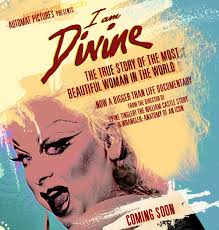
Sheri Candler April 3rd, 2014
Posted In: Digital Distribution, Distribution, Facebook, Film Festivals, iTunes, Theatrical
Tags: BFI Lesbian and Gay Film Festival, Bloor Cinema, Bryan Glick, Cinema Village, client, documentary, Downtown Independent, Film Festivals, I am Divine, Jeffrey Schwarz, Jeffrey Winter, membership, Roxy Theater, screening fees, Sheri Candler, SXSW, testimonial, TFC, The Film Collaborative, Wolfe Releasing
European distribution series: OnlineFilm
By Sheri Candler
Here is the second part in a series on European distribution tools. I met OnlineFilm AG CEO Cay Wesnigk, based in Germany, while attending the FERA General Assembly in Copenhagen. Like most people in attendance, he is trying to understand the repercussions and opportunities of the online space to the film industry. His response was to come up with a solution that allows filmmakers themselves to profit and to spread their work to territories outside of their home country by using the internet.
SC: What does OnlineFilm hope to accomplish for European filmmakers and film audiences?
CW: The Onlinefilm.org System is a multilingual marketplace for films and an application service provider for digital distribution and marketing services, owned by a collective of independent producers/ filmmakers. Any rights owner from all over the world can use its technology to offer films as download to own and stream to rent or both.
To reach these goals, we want to strengthen and enlarge our network of national partners that are running the Onlinefilm.org system in their territories and run national websites that use the same technology to develop local markets. Together with our partners we want to develop new tailored ways of marketing by using social media and viral campaigning in their languages and territories and then learn from each other and teach our best practice examples to the film makers to empower them to use the onlinefilm.org system in the best possible way to market their films.
Our motto is “Films are made to be seen” and we want to make it possible for the international audience to access the films they are interested in and find those they did not know existed, helping the makers to find and access their audience.
SC: Do you think the audience is ready to start watching full length films online or on mobile devices?
It should be added to the question, “legally aquired” films. I think it is a proven fact that our audience is watching films on those devices, just go through a train in Europe and you will notice how many people are watching films on laptops and tablets, some even on smart phones. In catalogues of supermarkets, hard disks are offered that have a connection to regular TV and a remote control as well as Network access that make it easy to bring downloaded films to the TV screens. For us, the question is not if there is an audience out there for our films, the question is, is there an audience willing to pay for them?
But there is another angle to your question, a topic for online watching of films is the deceleration of the audience. It is difficult to watch 90 minutes linear programming with no interaction expected on a computer or tablet when the IM Messenger pops up, the Skype rings and your email program reminds you that a new mail has arrived in your mailbox… For that we need to find ways to decelerate our audience. One is the easy connection of the device with the TV set as mentioned above. Leaning back in front of the TV with the mouse out of reach is half of the trick. The other half still has to be developed.
SC: There are already many online streaming platforms for films, many of them are free streaming and ad supported streaming. What is the plan for driving audience interest to OnlineFilm?
CW: A film is a little bit of celluloid and a lot of marketing…
We have experienced that many film-makers do not promote their films once they have upload them in to the system by using the tools and strategies actively that we supplied for them. Some of them do not even link to the films from their own homepages, let alone think about how to promote their films through other channels that would generate audiences for them. Even a good Google ranking for film titles searches that we can supply does not bring the revenue, since for that, the customer has to know that a film exists and must actively search for it. So we have drawn the conclusion that we must act more on the filmmakers behalf to create more sales and such make the option to offer films through the Onlinefilm.org system more attractive. One measure we took was the cooperation with other outlets and websites by offering them tailored Mediatheks for their visitors, creating more outlets and chances that audiences will find a film by chance.
The next step will be to create best practice examples through social media campaigns that will lead to more sales of the promoted example films.
We offer tools to the filmmakers to help them create their own audiences. We offer at the same time a Platform for curators, for the hunters and collectors. They can use the search tools the site offers them to find the raw diamonds. They can browse through the categories, use our full text search in German and English or search for directors or film titles they might already be aware of.
The film of the week section on the landing page of www.onlinefilm.org can change its focus on three different film categorie; Docs, Short- or Feature films, or offer a mixture of all of them (default). With this preselection we want to promote films to people who just drop by our platform with no special film or interest in mind. We often change the selection and try to keep the offer interesting and diverse so every visitor should find something of interest to him and, if not, might be motivated to dig deeper into the catalogue, to find out more about its wealth of topics and genres.
In the second line “the featured films”, the recommendations also changes accordingly once a customer selects where his point of interest lies (docs, short, feature). If someone tells us he is interested in shorts, the site will offer him different shorts. If he tells us he likes docs, he will be offered mainly docs. This is how we try to keep our first time visitors on the site and offer them selected films out of our large catalogue that might be of interest for them. The more we get to know from a visitor on the site, the more we want to tailor the offers made to his interests.
Our national portal Strategy – many different editorial lines
If a visitor decides to “explore the Network” he will be guided to the overview map with all national sites that are active so far. He can then select one of them, where our national Partners have the editorial control, offer national content or content they consider interesting for their fellow country man. Their editorial line is subjective. They will offer the films from their country and others they have found in the system and deem interesting for their audience. We plan to extend the editorial possibilities of the partner pages so the partners will also have their own film of the week and other editorial possibilities to promote certain films on their sites.
By creating sub portals with a special focus, it is also always possible to follow a new editorial line if enough films to justify that are in the system..
Our Greek partners www.greece.onlinefilm.org are the most advanced, they have been with us right from the very beginning of the project in 2007 and they also have made the most out of the technology that onlinefilm.org has offered them so far. As an example, on their editors page, they made their own sub categorisation and such made it possible to browse through the films via topics they have selected on their own.
They also have published the Roviros Manthoulis collection and make it possible to browse through the films of this renowned Greek filmmaker. Both serve as an example for an individual editorial line of a partner portal.
Another example is Ireland.onlinefilm.org. Our Irish partner has chosen quite a ew titles from the system and publishes them on his site. Among them a French/Greek film called IRLANDE: LA MEMOIRE D’ UN PEUPLE about Ireland and its music in the 70s. This film has become quite popular on the Irish website and no one in Ireland would ever have known about this document of Irish folk music if it would not have been uploaded by our Greek partner and found and published by our Irish partner. Also interesting to note is that our Irish partner translated the site into Gaelic language, another way to make the site something special. We use a multi language editor that makes it possible to translate any of our sites in as many languages as necessary.
Since it is always also possible for any rights owner to upload any film from anywhere, we have many films from countries where we do not have a partner installed yet. The more films we get from one country the more active our search for a partner there becomes. We always offer anyone who uploads at least 30 films to get his own Macro shop. This would entitle him also to get a promoter percentage of 8% for any customer that enters the System through his shop. If the relationship develops well and we see the person is active and well connected, he can apply to become a national partner and will then be able to also add other films he has not uploaded into his shop. If he is willing to invest into the cooperation, he can apply for full partner status that would also guarantee him part of the revenues any film uploaded from his territory might generate as a partner percentage. An example of a tailored Macro shop of a German distributor is here: www.filmgalerie451.onlinefilm.org
This is how we slowly built our Network of national partners and built more and more local outlets with their own editorial line.
Some more examples you will find here
www.kurzfilmtage.de/videothek the Videothek of the Oberhausen Shortfilmfestibval, run with onlinefilm technology and with Onlinefilm films
www.freitag.onlinefilm.org A videothel of a German Newspapers Website, run on onlinefilm technolog and with Onlinefilm films
SC: Is this platform mainly for German films or is the focus on all foreign language films?
CW: Any one can upload a film no matter where he or she comes from. We encourage people to upload the film in its original language version and in English. Subtitles are sufficient. More language versions can be uploaded and offered for different self chosen conditions. We even offer a tool ( in Beta) with which one can create subtitles to a film which is uploaded into our system and save and offer them. Subtitles can also be imported into the tool and exported into many formats if produced with the tool. The subtitle tool is designed in a way that a filmmaker could ask a professional or friend in another country to create the subtitles of a film he has uploaded. We are also planning to create a system to allow a person who has created subtitles to opt in and get a piece of the revenue as remuneration for his work, any time the film is watched with his subtitles.
SC: What prices are being asked of the audience to pay?
CW: The price per download or stream is defined by the rights owner who offers the film via the onlinefilm.org system. Over the last 2 year,s the average download price per title has increased from € 2,50 (2008) to € 5,00 in 2010 and to € 6,00 in June 2011 (from a range between € 0.99 and € 16,00). Our bestseller right now costs € 8,50 per download (around $10 USD).
SC: How do you handle payments on the system for all different currencies? Can those not on the Euro still use the OnlineFilm system? How about those who don’t have credit cards?
CW: Right now you pay via Paypal in Euro, that works also with a credi card via Paypal guest status, then you can stream or download the film direct when redirected by Paypal after the payment is done on their server. We are looking into possibilities to offer films in different currencies viaPpaypal right now and hope to offer that kind of service in the near future!
As an alternative, we already offer payment through international bank transfer via IBAN and BIC to our account in Germany. Once the money is sent to our onlinefilm account, the buyer sends us a pdf with the view of the online money order ( screen shot or what the online banking software offers) and we sent him or her the download links via e mail or put the film for streaming into his or her account at onlinfilms under “my films” This sometimes takes a few hours to fulfill but it is better than nothing. So far it has been used mainly by Paypal haters.
SC: What is the revenue split for filmmakers? Are there any fees that have to be paid for the films to use OnlineFilm?
CW: No fees are asked just to offer the film on onlinefilm.org. If you just use the system to host trailers/teasers and use our promotion tool to send free downloads and streams to selected people, but you do not offer the film for payment to a general audience, we would ask you to pay for used bandwith and storage. But there is a free amount of traffic per month, sufficient for trailer hosting of average films, that anyone can use before that happens.
The revenue is split as follows. 51% of the turnover always goes to the producer/ rightsowner. If the rightsowner buys 1.000 shares of the Onlinefilm AG and such becomes co-owner of the system ( option) he can get 5% more which then ads up to 56% . If he sells the film via an embedded shop or Macro shop from his own page and opts in for the affiliate percentage, he will get an extra 8% which then makes his or her revenue climb up to 64% of the sales price (the Affiiliate system still has to be implemented).
SC: What kinds of films are doing well at the moment? documentary, horror, drama? What might these successes all have in common? Do they have notable names, festival accolades, strong coproduction deals that have given lots of promotion, great mainstream media reviews?
CW: We mainly have quite old films on the platform so far, this has many reasons in copyright issues unclear, release windows and power play of the old gatekeepers trying to hinder the films going online all together. Only very few of the films could profit directly from any marketing campaigns.
The films that are successful right now have a campaign behind them or at least some promotion mostly done by the filmmaker via personal website or mailing list. The others are just occasional sales by active seekers for exactly that title. They live on their past time fame.
One very successful 15 year old film Deckname Dennis is a first part of a film called Die Mondverschwörung presenting the same character and using the same technique, that has been released theatrically recently. Through the press the new film received and by creating a social media campaign for the new film that clearly stated its predecessor was available online (Facebook, Youtube, a website, Twitter) we made that film popular again. You might say it went viral and made quite an impressive turnover for its rightsowner. To download the film, the price is 8,50 Euro. We were extremely happy that through a good text the director posted in the blog of a pirate site where the film was also available, we got them to link to our legal offer and take down the illegal offer. Through our link statistics, we can see that many people come from there to us.
SC: I know that the German film industry is particularly concerned about online piracy, how does a site like OnlineFilm help alleviate this concern?
CW: We do not use DRM systems simply because we do not believe in them and we do not want to make it difficult for the customers. Also we do not want to greet our customers as criminals that we do not trust. We follow the principle of “digital rights fair trade” in short “do not bullshit your audience and your audience won’t bullshit you”. Our download is DRM free, whoever buys it will also be able to download the film again, when he needs to. He just needs to log in with his username and it will be in the “my films” section. Since our streaming technology is “dedicated flash streaming” it is not quite as easy to save the stream as with other techniques. The stream is rented for 48 hours and usually cheaper than the download, but it can also be offered solely if people want to better protect their work and do not want it downloaded.
SC: Is there a geoblocking mechanism on OnlineFilm so that if a filmmaker has sold a online sales territory or has a sales agent looking to sell a territory, that territory is blocked? I know that many sales agents ask for a hold back timeframe on titles so they can sell those territories around the world. Is the site mainly to exploit titles that are no longer active in the marketplace? In effect, taking films out of the “library” mode and putting them back out into the marketplace?
CW: At the moment we do not offer geoblocking. Anyone half clever seems to be able to enter any system with a false IP and ridicule these mechanisms. Secondly, we think if a customer wants to legally purchase a film we should sell it to him and not tell him to go elsewhere (namely the pirate sites). We will nevertheless implement an IP scan and geolocation tools in the near future. We have to since the industry seems not to change its ways as fast as it should. We hope to be able to serve the customer by offering a revenue share with the person or distributor who has the rights in the territory where the customer comes from. But this might still take while to program and implement.
SC: Does OnlineFilm do any marketing on the part of the titles? Or is the filmmaker expected to conduct their own marketing strategy to drive traffic to the site?
CW: Onlinefilm does marketing for the site and through the many partner sites also tries to drive more traffic towards the films. We also market some titles that we select via our onlinefilm Facebook page and via the film of the week and the recommendations on the landing page. We have a space on the Kulturserver Network where we can promote individual titles.
When our staff has time left, we also try to encourage links to topic driven films from topic driven websites. We offer marketing support for filmmakers that are open for it, but we ask for a fee if they want a campaign run by us. Then we try to build a social web campaign with them and show them how to, or do the job for them depending on their skills and time or money they want to invest.
This is something we definitely need to put more energy in because far too many filmmakers here do not know how to self promote their films and rather invest their time in making a new one. The revenue made online with many of the films is so far not big enough to encourage distributors or filmmakers to invest a lot of time or money in extra marketing. But since we see that the turnover with films is growing constantly, we hope that this will change and lead to an exponential growth of sales once people will be willing to invest more in marketing once they see the potential.
We are preparing a social media campaigning and online marketing handbook. At the same time we are trying to connect with people who specialize in the craft of online film marketing. We want to develop business models with them that will work for them and the rights owners possibly also on a revenue share basis.
My thanks to Cay Wesnigk for taking the time to talk with us and explain how his company is helping European filmmakers make the shift from a primarily cinema driven distribution model to an online one.
Orly Ravid July 25th, 2012
Posted In: Digital Distribution, Distribution, Distribution Platforms, Facebook, Marketing
Tags: Cay Wesnigk, Copenhagen, download, DRM, European Digital Distribution, featured films, FERA, geoblocking, Germany, Greece, Ireland, online film distribution, OnlineFilm, Paypal, Roviros Manthoulis, streaming
